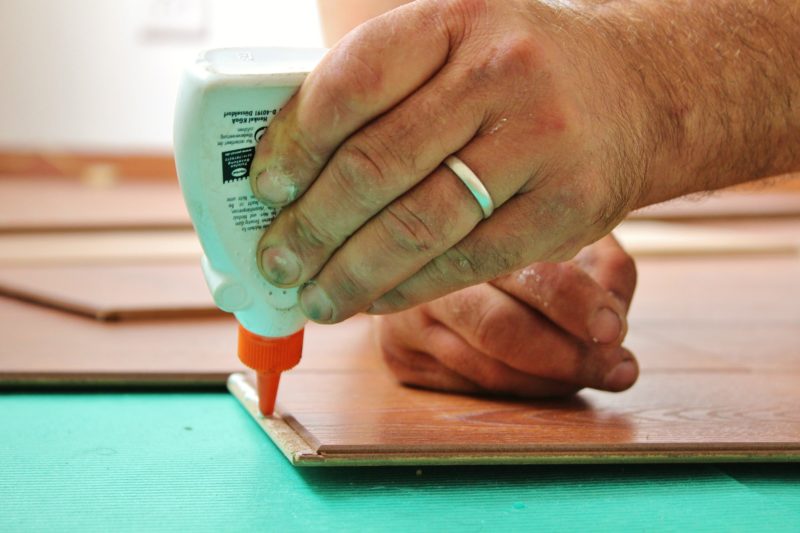Everything about the 5G network - differences and its application

Mobile communication technologies change every 10 years. Any of them significantly improves the speed of information transfer. This is how new services and new types of content appear. Users get new fun and a new standard of living.
The fifth generation of cellular communication (5G) promises to be more breakthrough than ever. Experts argue that it is thanks to 5G that the Internet of things, unmanned vehicles and VR will be transferred from the pages of technical media to human everyday life. In this article, we will tell you everything about the 5G network.
Content [Hide]
What is 5G?
While 4G is not yet global, companies are already testing 5G.
5G Internet is being created taking into account innovative trends in technology. It is focused on connecting a variety of household "smart" devices, most of which will function according to the "always online" rule. 4G communication, for its part, is mainly used in the role of cellular Internet.
5G (Fifth Generation) is a new generation of the cellular network operating on the basis of telecommunication formats in accordance with the current 4G formats.
Formats for 5G communications are still in the design phase. It is assumed that in reality, the next generation communication will start working in 2025.
Where will it be used?
5G will be used where there is a demand for high-speed Internet, in megacities. Early generation standards will be applied for full coverage.
Review
Ordinary users at the moment do not need the colossal speeds of the new generation. But they will certainly appear after the integration of technology, because, as everyone knows, people quickly get used to the good.
"Web" of synchronization
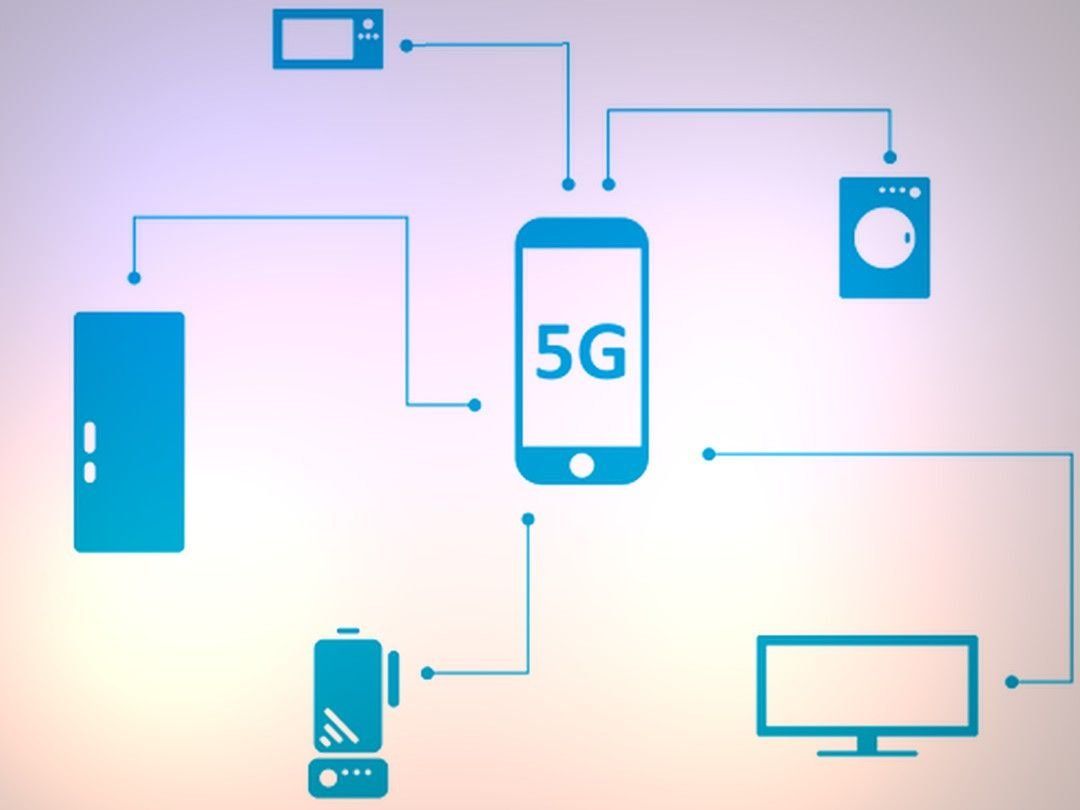
With lower connection costs, more devices are getting access to Wi-Fi. The system of interconnection of telephones, coffee and washing machines, headsets, lamps and other things into a complete “web” is called the Internet of things.It is assumed that by 2025 there will be more than 26 billion such devices on the planet. And the number of connections, respectively, will be even higher.
The ability of gadgets to “feel” through sensors and perform tasks remotely will find use in local planning, smart home technologies, concepts for monitoring electrical and heating supply, security, buses, taxis and retail.
The Internet of Things needs a small connection speed, but for many devices. Dedicated networks using small bands have already been established and 5G manufacturers are willing to participate in this process.
Consequently, telecommunications standards will have to support not only mobile users, but also “smart” household items. Controlling such heterogeneous traffic should help the new format.
Delay
It is clear that 5G will have support for automatic TC technology and VR software. In this situation, the information should come in the actual time mode. The 4G transmit-receive interval is more than 10 ms, which is a very long time.
The following format is able to completely change the architecture of communication with the transfer of information storage from data processing centers to final nodes, up to "intelligent" devices.
For example, a moving car needs information about the location of a nearby vehicle. The current standards can no longer cope with the flow of such information for 3 cars. Enormous delays in the transmission of information require a local distribution of information.
It is planned that the response speed of 5G will become the limit.The transmission delay will not be more than 1ms, even at a final speed of 500 km/h. This delay will be the main driving force for the formation of innovative technologies, including driving in metropolitan areas and remote operations.
5G Features
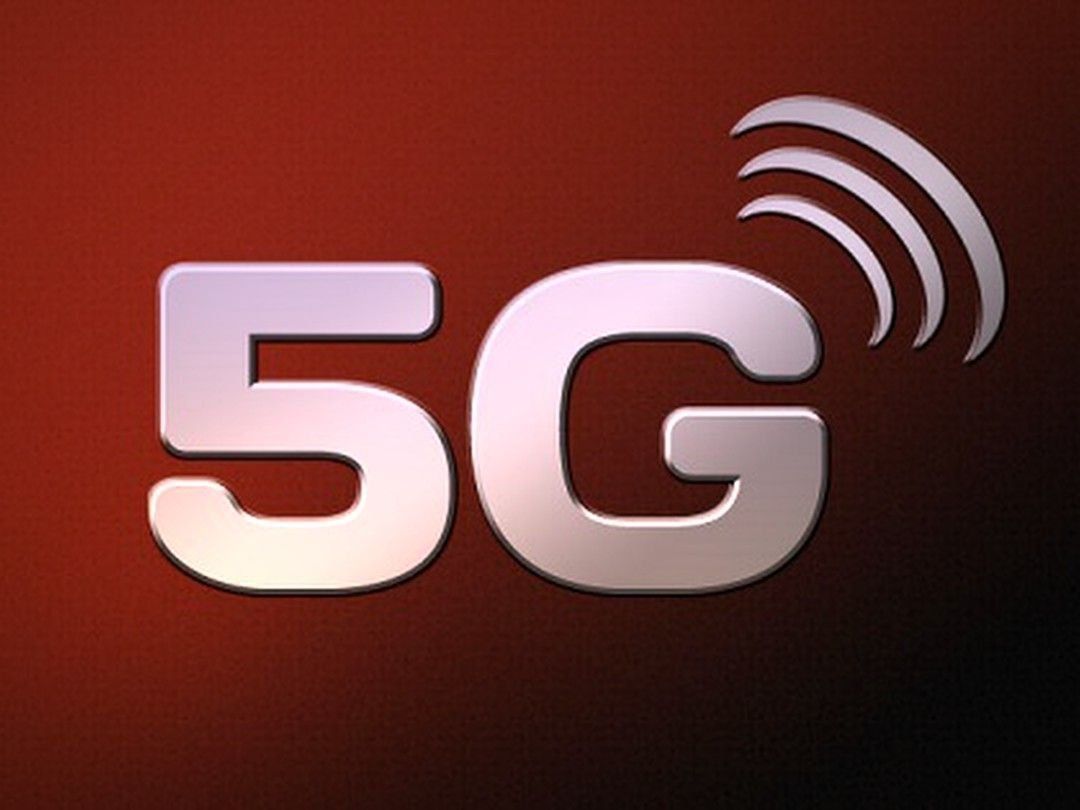
Not so long ago it was possible to optimize most of the characteristics, but the choice of technologies that guarantee their use in practice goes further. Among them:
- Ultra-high frequencies, which were previously unrealistic, guarantee much higher speeds.
- The development of concepts that send information in small pieces will delay the activity of Internet of Things devices for an extended period.
- Reducing latency for tasks that need instant response.
Differences from previous standards
An innovative mobile format won't arrive until 2025, but the proper classifications are being created at full speed, so it's clear that 5G will be very different from what it used to be.
Speed Boost
The most understandable is an increase in speed (at least by several times), a decrease in latency, a significant increase in the volume of communication, which is required to satisfy the steadily increasing demand for the World Wide Web. The trend is that after a while everything will be connected to the network: from various scanners to vehicles.
Key consumer - subscriber
In existing networks, the user must adapt himself: the signal is too bad - to move. 5G will use smart antennas that transform the orientation graph depending on the needs of users in certain conditions.For example, if a user is being served in a cell right now, information for him will pass through a narrow channel, which will increase the noise-to-signal ratio, and improve the speed of information propagation.
Transition to mm-waves
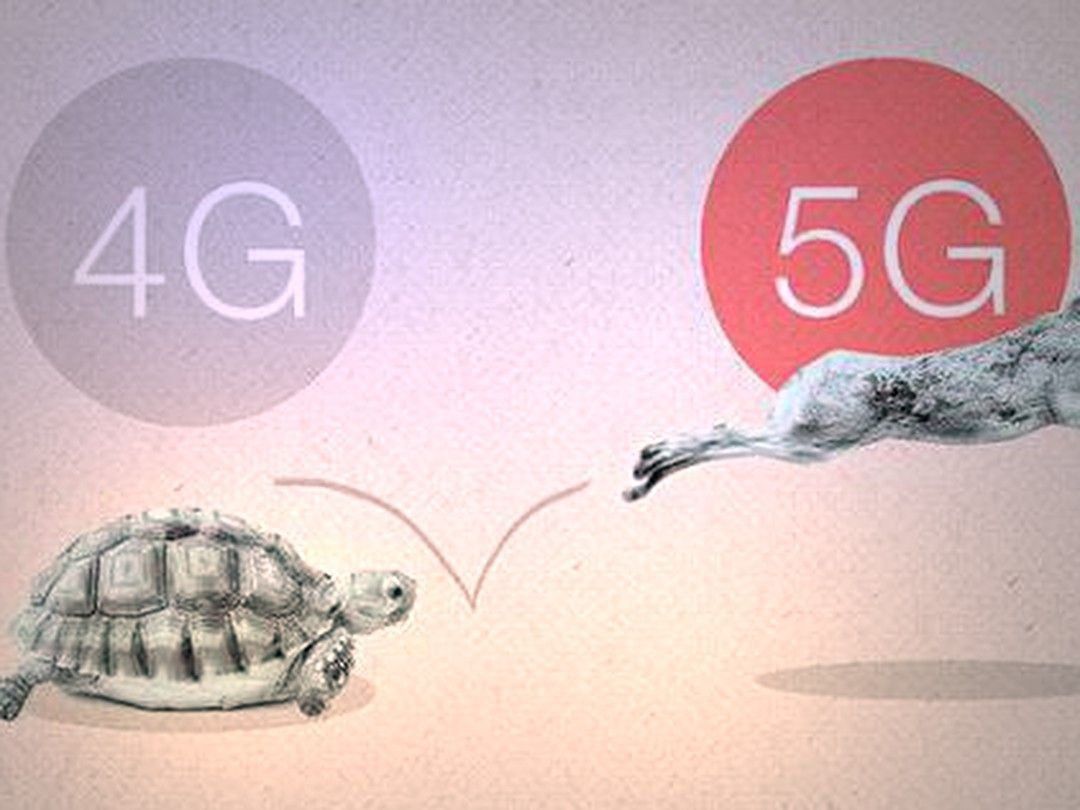
The spectrum source is limited, and it is extremely difficult to find the desired frequencies in the ranges familiar to the cellular network. It is clear that a significant increase in the speed of information propagation requires significantly larger frequency spectra. A reasonable solution in this case is a transition to the sphere of tens of GHz.
Most users understand that with an increase in the operating frequency, the network distance is rapidly decreasing, in other words, the size of the cell. In this regard, it is worth making a conclusion based on this point: new generation communications will be used where there is a need for high-speed information transfer. By the way, full coverage is not yet considered.
MIMO technology
Its meaning is to use several antennas on the providing and receiving sides. This technology originated in definitions relating to 3G. In most LTE networks, MIMO operates in 2x2 mode. Simply put, two antennas for giving, two for receiving. In 2x2 mode, information goes through two free channels simultaneously, which makes it possible to almost double the propagation speed.
Now there are phones that support 4x4 mode. Alas, due to the small size of phones, it is unrealistic to increase the number of antennas to infinity. Another difficulty is the need to transmit official announcements from each antenna, which reduces the effectiveness of the technology.
Device-to-device technology
Situations when users are talking at a distance of tens of meters from each other have become more frequent. Due to the use of this technology, only signal traffic will go through operator communications, which allows you to evaluate these calls, and the information itself will be transmitted directly through devices. This is the essence of technology.
reach agreement
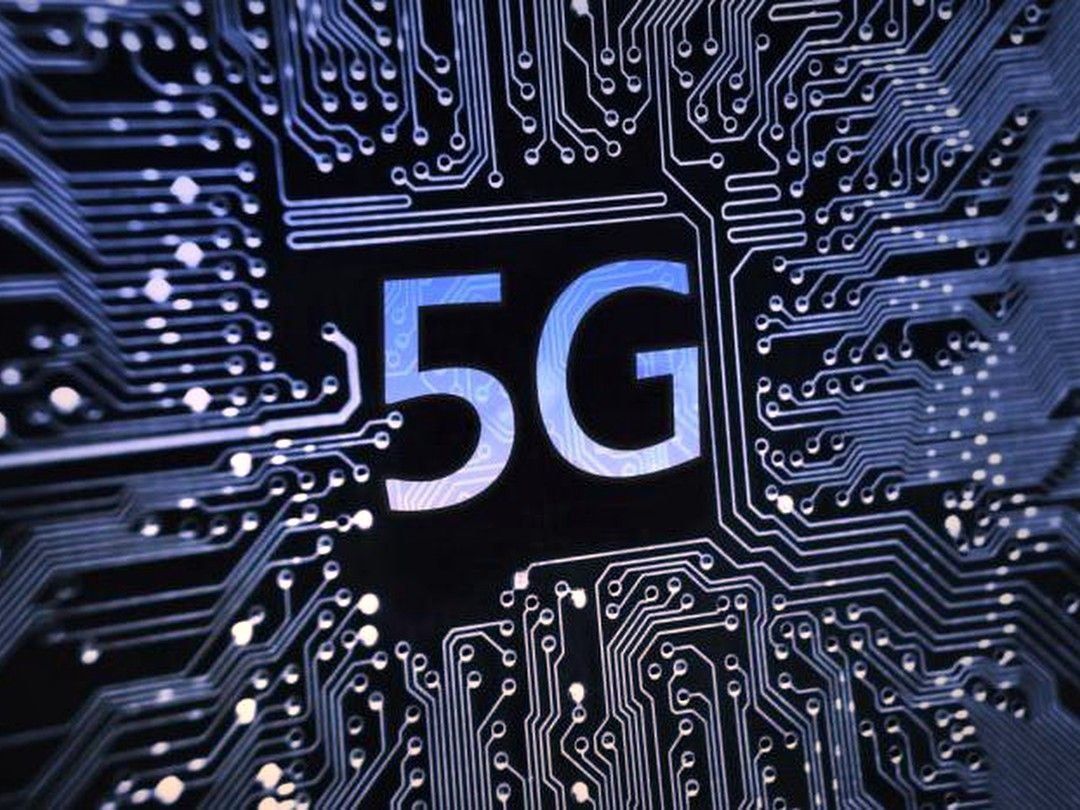
If the situation with the designation of the range of possible technologies became better back in 2015, then the technologies themselves are still being created. It is necessary to identify which new generation technologies are needed immediately, and which ones to be introduced after some time.
Despite the lack of formats and decisiveness in the importance of technology, manufacturing corporations are trying to lead the formation and implementation of next-generation technologies in order to subsequently get a favorable place.
Nokia announced it was buying Alcatel-Lucent back in 2015, and US telecoms firm Verizon Wireless announced that America's first 5G would be in 2016.
Technical hurdles
Institute of Telecommunications. Fraunhofer in Germany conducted experiments with frequencies ranging from 40 to 100 GHz, Samsung uses 28 GHz in its research, and Nokia uses more than 70 GHz.
The functioning of devices in the mm wavelength spectrum has such a property as excessively weak signal transmission, the strength of which decreases significantly with distance from the base station. In addition, signal interference is caused by the human body.
What does Ericsson say?

From the point of view of Ericsson Corporation, the prospects are as follows.
Unmanned vehicles will exchange data with each other.In the event of an accident, the car closest to the scene of the accident will tell all the vehicles following it about what happened. This will give them the opportunity to slow down in a timely manner or, in a situation of congestion, design a different movement pattern.
The vehicle's scanners will correctly calculate the weather and send the information via 5G so that the vehicle will design the proper driving pattern.
In the field of social transport, 5G will allow monitoring the number of people waiting at bus stops. The driver of the vehicle will pass a deserted stop, and the operator will send an auxiliary vehicle to their congestion points.
In the 5G era, all home appliances will be interconnected. If before that, while moving from one room to another, a person had to wear a portable device in order to continue, for example, listening to an interesting radio, now the speakers connected in different rooms will contact each other and playback will continue from the stopped place. In addition, the user can track the power consumption of each device or find out how much electrical energy is generated by solar panels.
What does Qualcomm offer?

The Qualcomm brand has offered 4.5G LTE Advanced technology, the integration of which is planned for the near future. Due to this, the company will be able to cover both the wider frequency range required for the 5G format and previously located LTE networks, which will reduce latency and increase throughput.
Specificity:
- Excellent bandwidth due to the combination of frequency ranges;
- Supporting 23 operators synchronously and increasing throughput through frequency aggregation and transmission of network traffic between operators;
- 10x reduction in latency compared to LTE Advanced, using existing towers and frequencies within 1-70 µs;
- Application of the funds of the incoming line for the needs of the outgoing line;
- Increasing the number of antennas at base stations in order to improve coverage and signal strength;
- Increasing the energy saving of IoT devices by narrowing the spectrum to 1.4 MHz and 180 kHz (about 10 years on one battery);
- 1 Gigabit per second for data transfer between vehicles, users and IoT devices;
- Analysis of the environment without activating the wireless network or navigating on the user's gadget.
5G Usage Today
5G is designed to operate in multiple frequency bands. LF from 600 to 700 MHz is acceptable for the province or for the Internet of things, since the base stations have a large range. But the speed of dissemination of information and a single volume of communication is at a low level.
The spectrum up to 6 GHz corrects this minus, however, mid-frequency BS should be installed much more often, which proves the situation in large cities. RF up to 73 GHz guarantees maximum speeds up to 20 Gbps. to receive and up to 10 Gigabits / sec. for distribution. The main difficulty is the quality of the signal only in the line of sight of the BS, the spectrum is used to cover critical local areas.
As already mentioned, the specific features of 5G are high bandwidth and low delays during data distribution.The result is achieved through the use of innovative NOMA signal multiplexing technology, which allows synchronously serving several subscribers in one channel. Early generation formats use temporal fractionation, with users taking turns exchanging data with the base station.
Intel
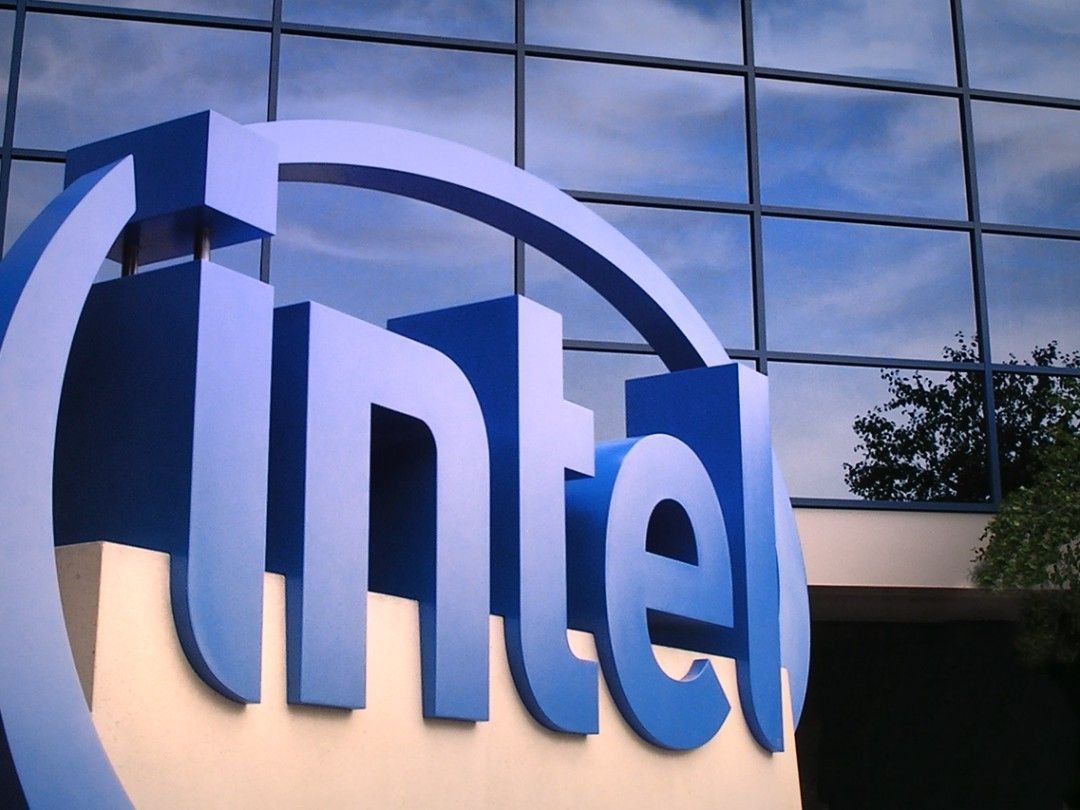
First of all, it is necessary to highlight the advantages of Intel Corporation. At the last Winter Olympics in Pyeongchang, the firm installed 5G. UHD cameras connected to it made it possible to broadcast sports events online with the effect of presence.
Wireless network access points also used 5G functions, and served many subscribers. The lion's share of the equipment was installed outdoors - a great experiment in durability for gadgets.
The corporation also announced a partnership with NNT DoCoMo to install 5G at the 2025 Olympics in China. One of the goals of the partnership is to demonstrate and use the new capabilities of the "smart" city.
At this year's MWC, the corporation presented a concept laptop that supports 5G based on the proprietary XMM 8060 modem. Now the large chip is installed separately from the chip. To increase efficiency, the company is working on integrating the modem module into a single system.
In any case, what is important is that the corporation is working on an innovative standard that will transform the laptop into an even more versatile device. With the new gadget, the user will not have to worry about unsecured public wireless networks. You don't need to turn on the Wi-Fi hotspot on your phone either. Advertising of the first new products is planned for next year, Intel's partners are Microsoft, Dell, HP and Lenovo.
In addition, it was established that Intel has partnered with the creator of mobile electronics, the Spreadtrum brand. The aim of the collaboration is to design a series of mobile processors with an integrated 5G modem from Intel's XMM 8000 series by the second half of next year.
Qualcomm
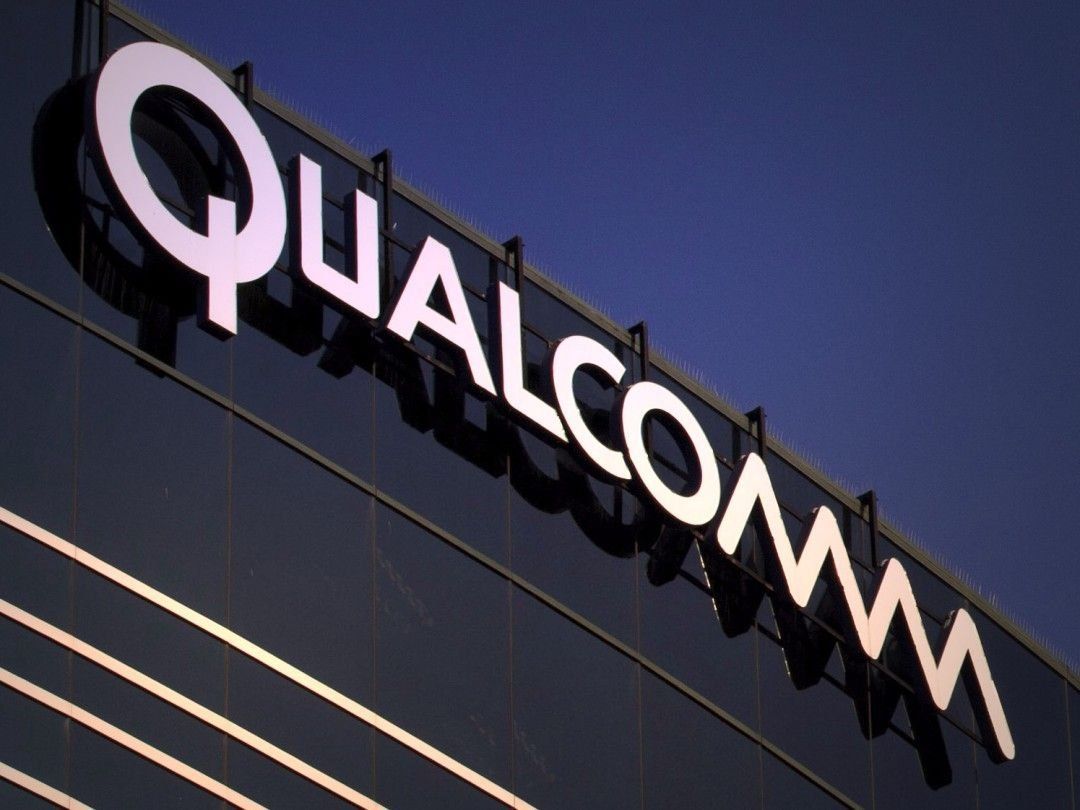
The firm first announced the X50 modem back in 2016. It has now been determined that the SDX50 will be part of a proprietary 7nm Snapdragon 855 chip that will be released early next year. It is impossible not to say that the Qualcomm branded version is quite practical for installation on phones and tablet PCs.
Huawei
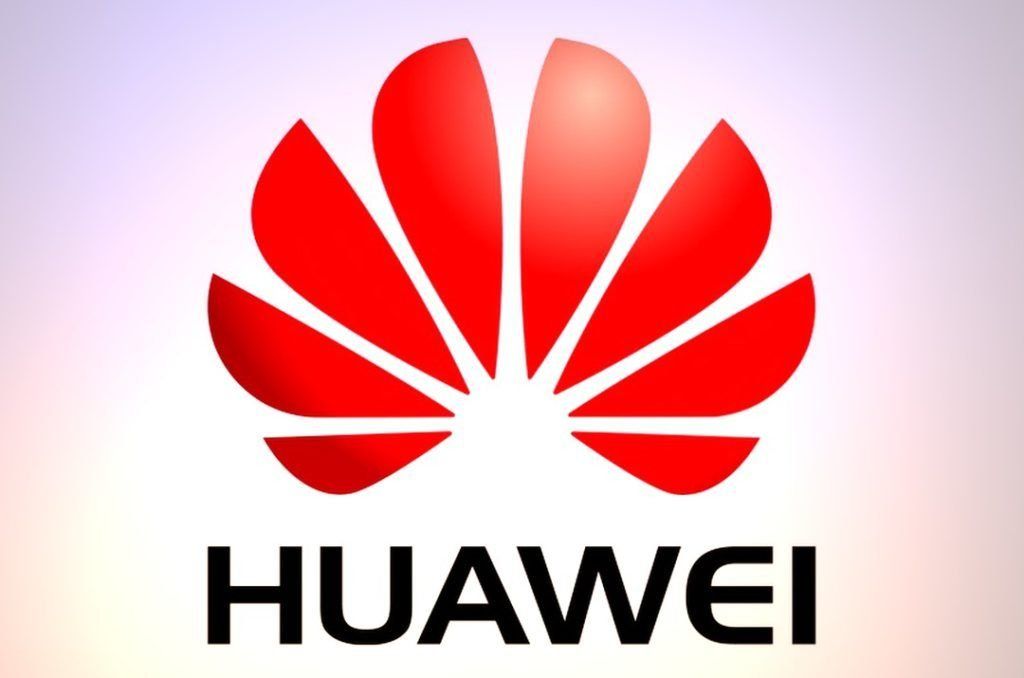
The Huawei brand is another equal player in the race for 5G. At this year's MWC, the company showed its Balong 5G01 modem, which guarantees speeds within 2.3 Gigabits / sec. Alas, now the dimensions of the microcircuit do not make it possible to use it in phones and tablet PCs. But, given the brand's nimbleness, the arrival of the Kirin chip, which supports 5G, should be expected very soon.
Nokia Networks

The company is the second largest supplier of telecommunications equipment after the Huawei brand. The company has at its disposal equipment that operates in the spectrum of LF, MF and HF. Earlier this year, Nokia introduced full-featured 5G processors for Reef Shark base stations. The throughput of one block is within 84 Gigabits / sec. The installation of retail equipment based on the innovative processor was scheduled for the end of this year.
Who is engaged in 5G in the Russian Federation
Domestic telecom operators do not lag behind the general trend. They are partnering with leading global network equipment vendors, including Ericsson, Huawei and Nokia, who are developing 5G devices.
Megaphone

This operator was the first to show interest in innovative technology. Back in 2014, he agreed with the Huawei brand to form 5G pilots. They were launched this year during the 2018 World Cup.
This summer, Megafon launched the first 5G in the Russian Federation - for members of the economy meeting in St. Petersburg. The speed of information dissemination was equal to 1.24 Gigabit/sec. Megafon used Huawei brand equipment and a chip from Qualcomm.
Not so long ago, Megafon agreed with Nokia on the development of 5G. In the fall, at the Nizhny Novgorod business meeting, they showed the leading data transfer rate - 5 Gigabit / sec. The summit members were shown a 360-degree UHD video broadcast on a display from VR glasses.
MTS
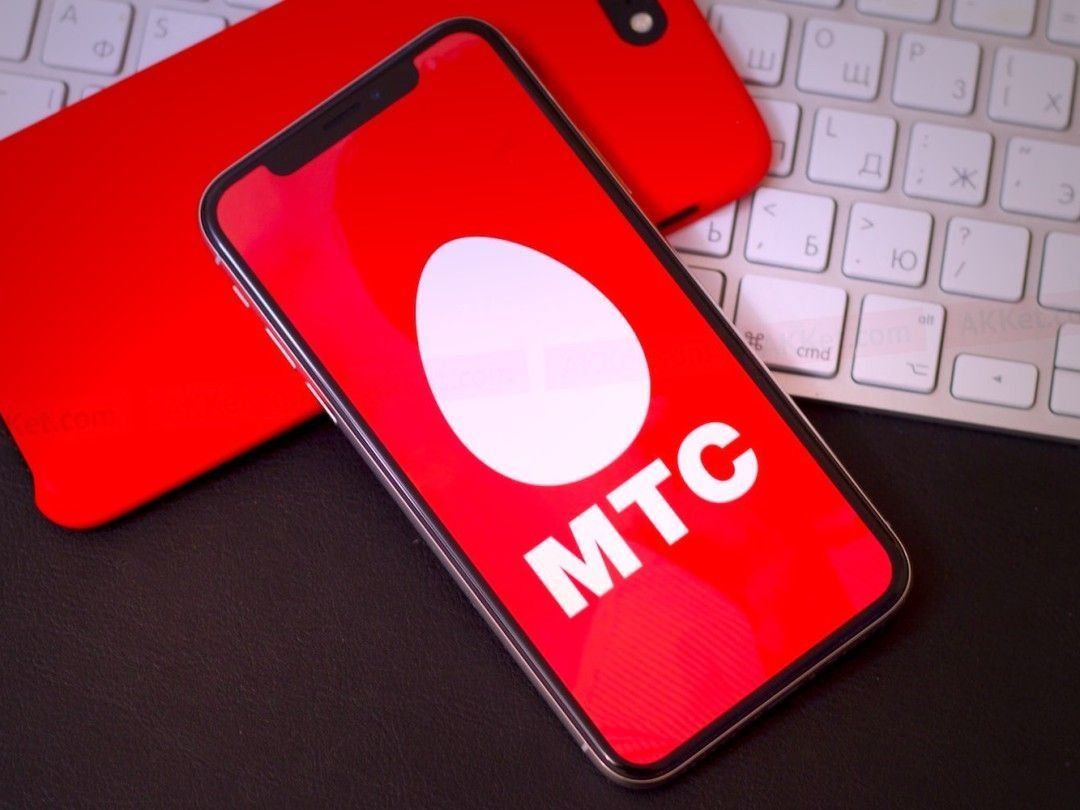
Joined the race in 2017. Like the previous one, this company attributed the launches of 5G to the 2018 World Cup. Commercial implementation, according to the company's schedule, starts in 2019-2020.
In the winter of 2015, MTS signed an agreement on the collective development of 5G with Ericsson, in the spring - with Nokia, in the fall - with Samsung. MTS carried out experiments in autumn using equipment from Nokia. The speed of information dissemination was within 4.5 Gigabits / sec.
Tele2
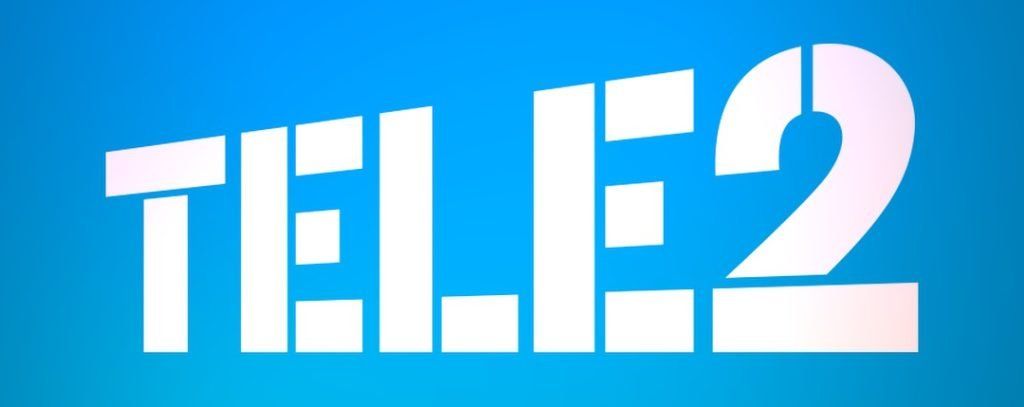
In autumn, we signed an agreement with Nokia Corporation on the formation of 5G and the design of services in the field of the Internet of things.
Beeline

Currently in dialogue with suppliers about 5G trials. A. Aibasheva, authorized representative of the company, told Rusbaz about this. But first, the company plans to adapt its own infrastructure and work with 4.5G. Going forward, this training will enable them to instantly integrate 5G.
When will 5G appear?
Trade implementations of 5G are planned next year. All of them are limited to mass sporting events.For example, South Korean mobile operator KT Corporation launched 5G at this year's Pchenhan Olympics. Domestic MTS and Megafon plan to install 5G at the 2025 Summer Olympics in China.
Most experts are confident that large-scale 5G integration will start after 2025. The Ericsson brand recently said that 550 million devices will connect to these networks in 2025. And now corporations are just experimenting with equipment.
Right now, 5G is more likely an idea than a technology, as there is no common format yet. In order for the mass use of this communication to begin, it is necessary to create technological conditions, select frequencies and switch to innovative equipment.
5G in Russia

Rusbase interlocutors unanimously agree that the Russian Federation is still far from the widespread introduction of 5G. Russian operators have not yet recovered their own investments in the creation of LTE networks. At the moment, LTE coverage is within 30%, and therefore, in the near future, telecommunications organizations will pore over an increase in this value. And 5G for them is only a reserve for the future.
S. Skvortsova, head of strategic development at Tele2, believes that 5G will be launched into commercial use by 2025. According to her statement, there is a preliminary option on the way to 5G - LTE Advanced (LTE-A) technology. It supports speeds up to 100 Mbit/s for subscribers with high mobility and 1 Gigabit/s for stationary users.
In May last year, the media announced the plans of the Ministry of Communications to launch 5G in megacities of the Russian Federation by 2025. Consequently, in 2025 the new format will be integrated into 8 megacities of the Russian Federation, and in 2025 already into 16 cities with a population of more than 1 million people.
Conclusion
In conclusion, it is worth noting that large-scale changes in cellular communications are expected in the near future. The number of devices connected to the network in the "always online" mode will increase rapidly. It is quite likely that TV will switch to cellular networks.
new entries
Categories
Useful
Popular Articles
-

Top ranking of the best and cheapest scooters up to 50cc in 2025
Views: 131656 -

Rating of the best soundproofing materials for an apartment in 2025
Views: 127696 -

Rating of cheap analogues of expensive medicines for flu and colds for 2025
Views: 124523 -

The best men's sneakers in 2025
Views: 124040 -

The Best Complex Vitamins in 2025
Views: 121944 -

Top ranking of the best smartwatches 2025 - price-quality ratio
Views: 114983 -

The best paint for gray hair - top rating 2025
Views: 113400 -

Ranking of the best wood paints for interior work in 2025
Views: 110324 -

Rating of the best spinning reels in 2025
Views: 105333 -

Ranking of the best sex dolls for men for 2025
Views: 104372 -

Ranking of the best action cameras from China in 2025
Views: 102221 -

The most effective calcium preparations for adults and children in 2025
Views: 102015


